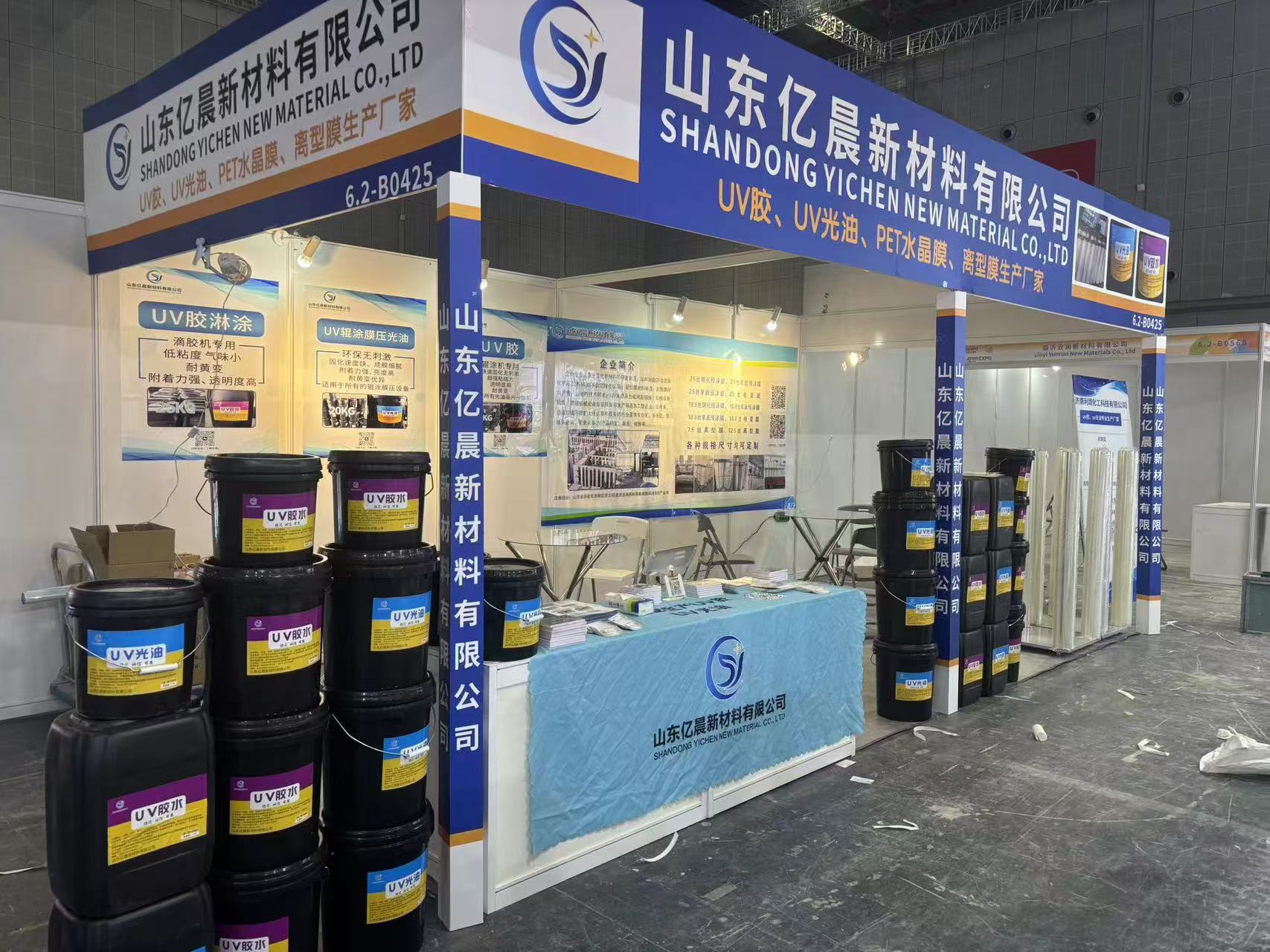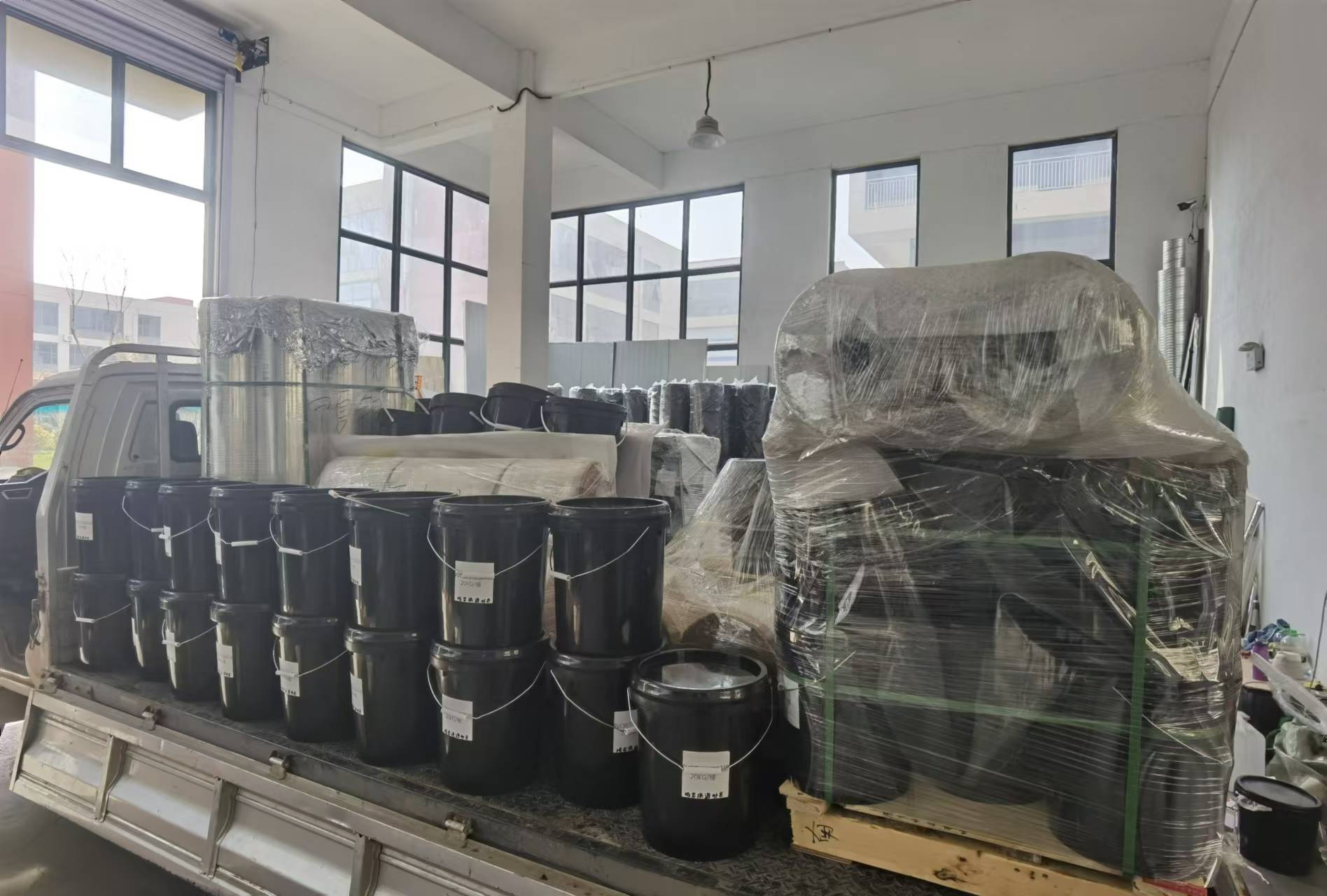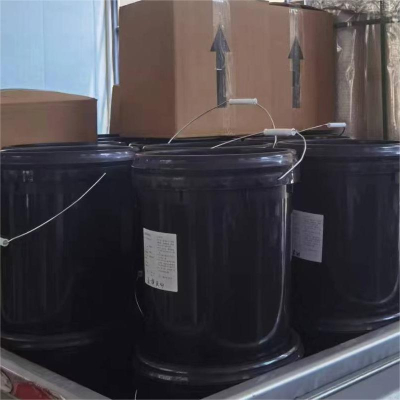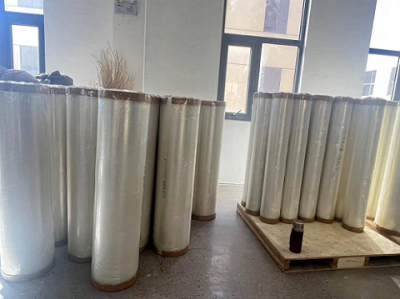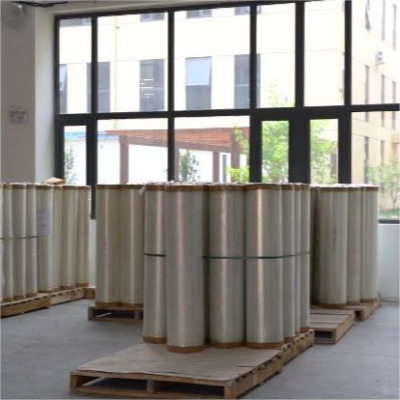How long does it typically take for varnish to dry, and how can drying time be reduced?
The drying time of spray-applied clear coat varies significantly depending on factors such as type, environmental conditions (temperature, humidity, ventilation), and coating thickness. It can generally be categorized into the following scenarios:
Common types and their drying times
- Water-based spray-applied clear coat:
- Surface dry (non-tacky to the touch): Typically 30 minutes to 2 hours.
- Full cure (complete hardening): Generally requires more than 24 hours; in higher ambient temperatures (e.g., above 25°C) with good ventilation, this can be reduced to 12–18 hours.
- Solvent-based varnish:
- Surface dry: Relatively quick, approximately 15–30 minutes.
- Full cure: Typically 6–12 hours; high-temperature baking (e.g., 50–80°C) can further reduce this to 1–3 hours.
Factors affecting drying time
- Temperature: Higher temperatures accelerate drying (but must remain within the varnish's applicable temperature range to avoid cracking due to excessive heat).
- Humidity: High humidity slows down the drying of water-based varnishes, while solvent-based varnishes are less affected.
- Coating thickness: Thicker coatings take longer to dry.
When using in practice, it is recommended to refer to the specific product instructions and adjust based on the operational environment to ensure complete drying before proceeding with subsequent processing.
To reduce the drying time of spray-applied varnish, adjustments can be made to environmental conditions and operational methods. Specific methods are as follows:
1. Improve environmental temperature and humidity
Increase temperature: Within the applicable temperature range of the varnish (avoid exceeding the product's specified upper limit to prevent coating cracking), use heating equipment such as radiators, ovens, or infrared lamps to raise the environmental temperature, accelerating solvent evaporation or moisture evaporation (particularly suitable for solvent-based and water-based varnishes).
Lower humidity: For water-based varnishes, use a dehumidifier to reduce environmental humidity (ideal humidity 50%-60%) to minimize drying delays caused by residual moisture.
2. Enhance ventilation
Turn on fans, ventilation fans, or maintain natural ventilation in the workshop to accelerate airflow, helping solvents or moisture in the varnish evaporate quickly and shorten surface drying and full curing times.
3. Optimize coating thickness
Control the coating volume to avoid excessive thickness (excessive thickness significantly prolongs drying time). Apply a thinner, more uniform coating while ensuring the desired effect.
4. Select fast-drying varnish
Directly use fast-drying formulation coating varnish (e.g., fast-drying solvent-based or quick-drying water-based varnish), whose formulation is designed for rapid curing, suitable for scenarios with high efficiency requirements.
5. Bake curing (for applicable types)
For varnishes that support baking (e.g., certain solvent-based types), use low-temperature baking (50–80°C, refer to product instructions) to significantly reduce drying time to 1–3 hours.
Note: When operating, combine varnish type and product instructions to avoid issues such as bubbles, pinholes, or cracking caused by excessive acceleration.


